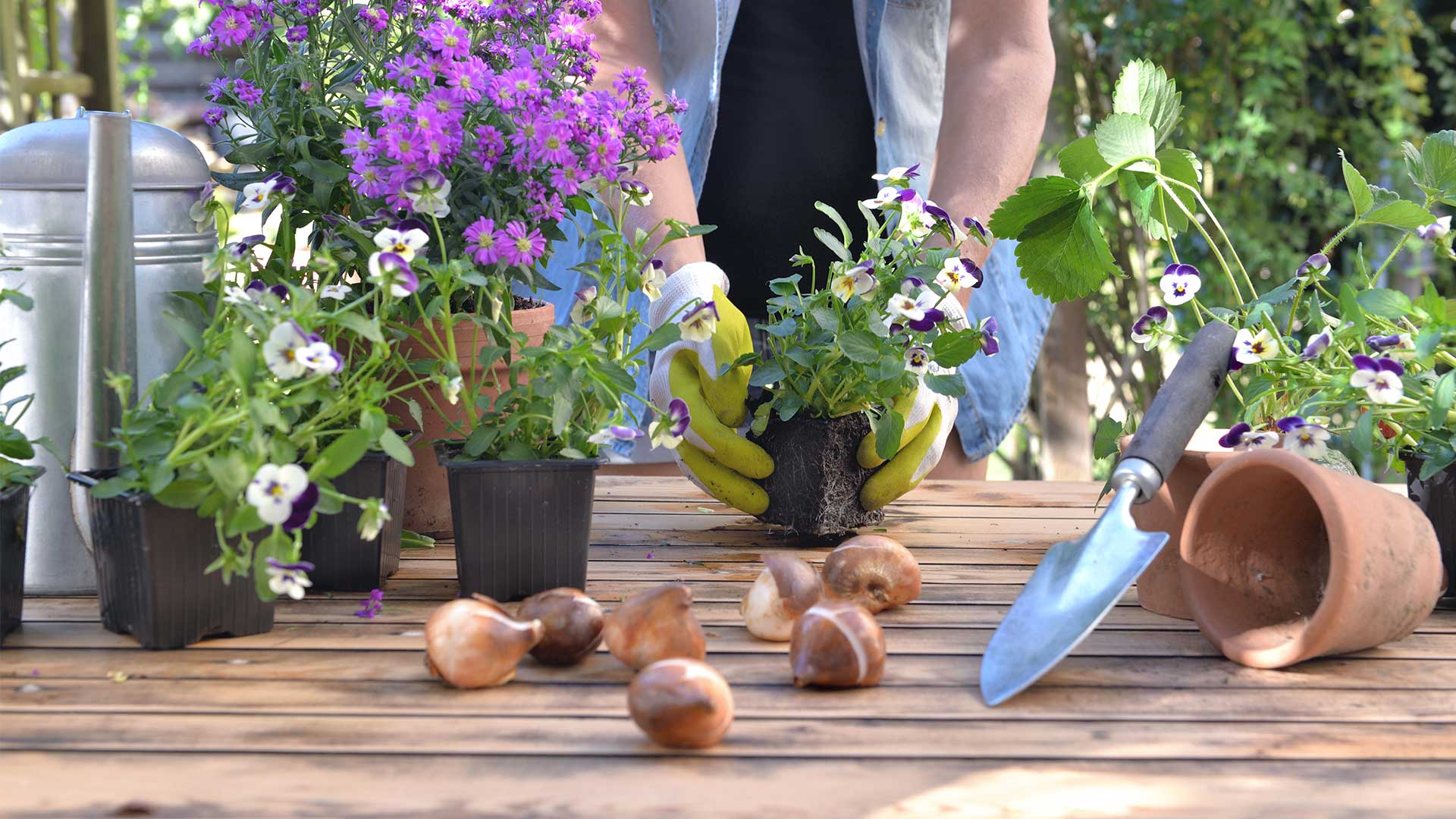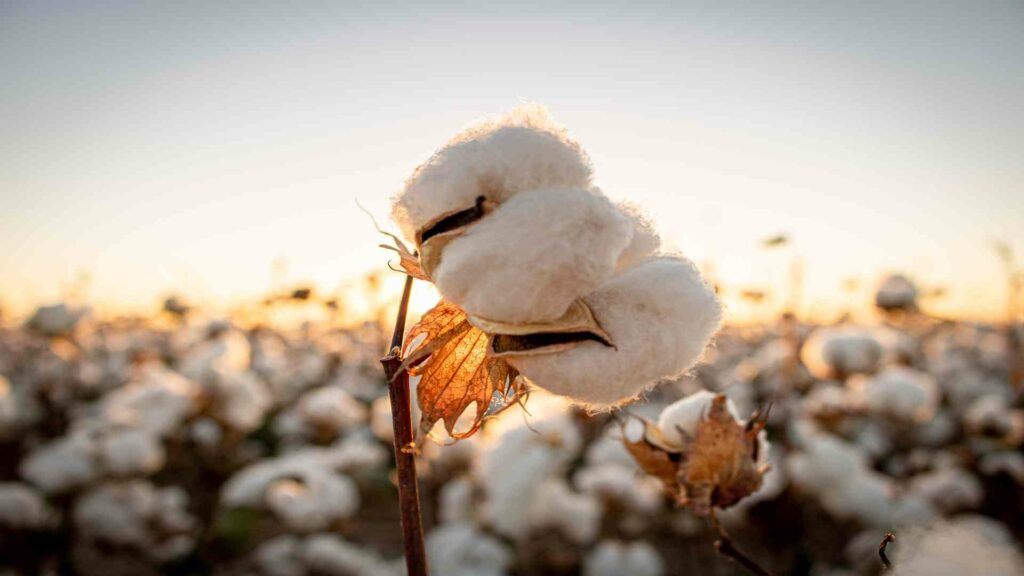Discover the Power of Boron
Boron is a crucial mineral for plant growth and health. It is involved in various important processes such as cell division, pollination, and seed production. Despite its importance, it is often overlooked and under-appreciated. Plants require boron in small amounts, but a deficiency in this mineral can lead to serious problems.

Boron
Is Boron a Micronutrient?
The importance of boron as a micronutrient for plants is not well understood by many. It is an essential element for plant health and development. It can be found in the soil where it usually occurs at concentrations ranging from 0.1 to 1 ppm. Different forms of boron vary in solubility and bioavailability (i.e. soluble salts vs non-soluble oxides) but all are considered relatively immobile within soils.
After a plant’s macronutrient (N, P, K, Ca, and Mg) needs are met, several micronutrients come into play that can limit maximum yields. One of the more critical micronutrients to some plant systems is boron (B). It is important in protein synthesis; seed and cell wall formation; pollen grain germination and pollen tube growth and, therefore, fruit set and yield; regulation of carbohydrate metabolism; and sugar translocation. It is quite soluble and readily leached in some soil types, especially sandy soils typically used for vegetable production.
Functions of Boron in Plants
- It is used with calcium in cell wall synthesis and is essential for cell division (creating new plant cells)
- Its requirements are much higher for reproductive growth so it helps with pollination, and fruit and seed development.
- Translocation of sugars and carbohydrates, nitrogen metabolism, formation of certain proteins, regulation of hormone levels
- Transportation of potassium to stomata (which helps regulate internal water balance). Since boron helps transport sugars, its deficiency causes a reduction of exudates and sugars from plant roots, which can reduce the attraction and colonization of mycorrhizal fungi.
Boron Deficiency Affects Plants Health
Its deficiency is expressed in the growing points of roots and shoots and also flower and fruiting structures. Often, terminal buds die and shoot internodes shorten, which leads to stubby, distorted new growth emerging from side nodes causing “rosetting” or a “bushy” appearance. Stems are brittle and new leaves may be thickened. Roots are often short and stubby; very few root hairs are present. Flowering and fruiting are reduced and what develops is often distorted.
Boron deficiency can occur when the pH of the growing medium exceeds 6.5 because it is tied up and unavailable for plant uptake. Deficiency can also occur from low fertilizer application rates, use of general-purpose fertilizers (which typically have a reduced micronutrient content), and cool, cloudy weather that limits the uptake of water and boron.
During cool, cloudy weather, encourage a rapid dry-down of the growing medium by increasing airflow, reducing humidity, and increasing the temperatures of the growing medium. The use of PRO-MIX® HP can help with drainage and, due to its higher air capacity, may reduce the effects of overwatering. Impatiens, pansies, petunias, and salvia are sensitive to boron deficiency, especially during the plug stage or in containers with small growing medium volumes.
Boron Deficiency in Soybeans
In soybeans, it is needed for cell walls during cellular expansion and the normal development of nitrogen-fixing root nodules. Boron deficiencies show up at growing points because it is not easily moved from old to new tissue. Deficiency symptoms consist of stunting, swollen nodes, and the death of the growing points.
Older leaves may appear thick, dark green, leathery, cupped downward, and delayed leaf loss or senescence in the fall. Overall, soybeans are rather insensitive to boron deficiency but very sensitive to toxicity, including scorching/necrosis on the leaf edges.
Soil sampling and analysis do a poor job of predicting the need for its fertilization and poorly correlate with soybean boron uptake. As a result, it is recommended to use plant tissue nutrient analysis to determine its sufficiency. Soybean boron sufficiency is best determined during the beginning to full bloom stage, typically in early July. The uppermost fully expanded trifoliolate without the petiole from 30 random plants should be sent to the lab in a paper bag.
Boron Deficiency in Coconut Palm Trees
The cultivation of coconut palm (Cocos nucifera L.) trees has grown steadily in recent years not only in Latin America but in several parts of the world. The species is mainly cultivated in lowland coastal areas usually characterized by low fertility soils, the main cause of low productivity. Notwithstanding its recognized economic importance, the mineral nutrition of coconut palm plants has received little attention from investigators in the area.
Low levels of boron found in tropical soils are, according to Mattiello et al. (2009), attributable to factors such as naturally occurring low fertility levels, removal of nutrients by several successive crops, and the increased use of fertilizers and acidity correctives, which contribute to decrease the solubility of several soil minerals
Boron deficiency, in general, reduces root growth (Lima Filho and Malavolta, 1997; Viegas et al, 2004) and in the coconut palm tree, the production of total roots is reduced by 30% and of thin roots by 48%( Pinho et al. 2008a), Sobral (1998), Broschat (2005), and Santos et al. (2003) observed that its deficiency also damages the plant aerial part, which produces less expanded young leaves with signs of blighted, necrotic, and corky areas.
The primary symptoms of B deficiency in coconut trees are leaflet tip truncation, leaf crumpling or distortion, and failure of the spear leaf to open normally.
Boron Fertilizers will Prevent Deficiency
Boron fertilizer for plants can help prevent deficiency, and boric acid (16.5% B), borax (11.3% B) or Solubor (20.5% B) can be applied to soils to correct its deficiency. Typical applications of actual boron are about 1.1 kg/hectare or 1.0 lb/acre but optimum levels of it vary with plant type.
Borax, Boric Acid, or Solubor can be dissolved in water and sprayed or applied to soil in blended dry fertilizer. Excess of it is toxic to plants so care must be taken to ensure the correct application rate and even coverage.
While it may be sprayed on leaves, the excess will cause plant damage. Application of boron may not correct its deficiency in alkaline soils because even with the addition of it, it may remain unavailable for plant absorption.
Flushing soils containing toxic levels of boron with water can remove it through leaching.
Granular potash fertilizer, called Aspire, has been developed to evenly distribute through potassium chloride granules. This product contains sodium borate for quick release and calcium borate for gradual release – to ensure season-long availability. These boron-infused potash granules prevent localized toxicity, while the granular size allows it to be distributed by common fertilizer equipment along with typical granular NPK fertilizer blends.
Borax is a natural mineral that provides many benefits to the soil, including reducing water hardness and improving moisture retention for better plant growth. Borate-containing fertilizers are also sometimes used as foliar sprays to supplement nitrogen deficiencies during late fall or early spring when air temperatures are too cold for foliage applications but warm enough on the surface of leaves (i.e., 40 degrees Celsius) – although some research indicates any benefit may be limited with this application method because ammonium ions from urea found in most commercial blends inhibit uptake by leaf cells. The addition of borate compounds into compost piles has been shown successful at preventing copper leaching.
Takeaways
The importance of boron as a micronutrient in plants is highlighted by the fact that it’s found only in minute concentrations, yet deficiencies have been observed. Its deficiency most often manifests itself as stunted growth and wilting or curling leaves on young seedlings. Soil low in boron can be corrected with fertilizers containing this nutrient.
In addition to corrective measures for soil depletion, foliar sprays containing boric acid are used to correct plant deficiencies because they promote cell division which strengthens the roots and enhances their ability to take up water and nutrients from the soil. These observations show how important it is for growers to understand not just where plants get what they need but also why those needs exist.





